In general, the composition of Struan is not constant. As I have already written, absolutely different grains were added to the dough, which was grown. As for boiled brown rice, as Peter Reinhart himself writes: “This recipe uses such a small amount of boiled rice that it is hardly worth cooking it only for bread (unless you are preparing a larger batch of bread than this version). I suggest cooking brown rice for meals and saving some for special purposes, such as this bread. “.
From which I conclude that it can be replaced with any other cereals or flakes.
As for the shape of bread, it can be either hearth or baked in molds. In some recipes, I met the advice to lubricate the bread with a mixture of egg and milk before baking, but I did not do this. In addition to flakes, poppy seeds or cumin are also used as a sprinkling.
In general, the experiment was interesting, the bread turns out with a very rich taste and aroma.
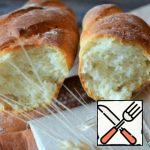 Cheese Baguettes with Whole-Grain Flour Recipe
Cheese Baguettes with Whole-Grain Flour Recipe
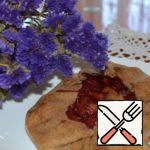 Whole-Grain Galette with Plums Recipe
Whole-Grain Galette with Plums Recipe
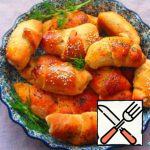 Whole Grain Bagels with Unusual Filling Recipe
Whole Grain Bagels with Unusual Filling Recipe
 Potato Pancakes with Filling in a Multi-Baker Recipe
Potato Pancakes with Filling in a Multi-Baker Recipe
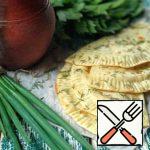 Potato Kutaby with Cheese in the Multi-Baker Recipe
Potato Kutaby with Cheese in the Multi-Baker Recipe
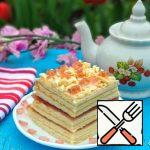 Cake “Napoleon with Jelly” in a Multi-Baker Recipe
Cake “Napoleon with Jelly” in a Multi-Baker Recipe
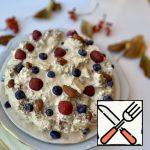 Whole-Grain Cake “Nutty”
Whole-Grain Cake “Nutty”
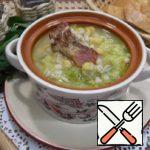 Scottish Broth Recipe
Scottish Broth Recipe
 Scottish Dessert Recipe
Scottish Dessert Recipe
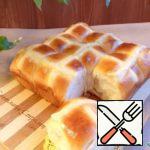 Airy Potato Bread Recipe
Airy Potato Bread Recipe
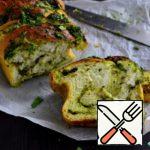 Garlic Bread with Herbs Recipe
Garlic Bread with Herbs Recipe
 Bread “Petit” Recipe
Bread “Petit” Recipe